13. 2005: Video
In February 2005, LiveVault—a provider of data backup services—sent an email to 150,000 IT managers, promoting two new products and a new six-minute video featuring actor John Cleese and the "Institute of Backup Trauma."
The incredibly funny video went viral and had a 20% click-through rate, generating over 250,000 downloads in its first couple of months.
And all of this was before YouTube!
YouTube officially launched in November 2005. In November 2006, Google bought YouTube for $1.65 billion. Companies started using the new channel to promote their online videos.
On January 30, 2007, Blendtec uploaded the first of its now-famous Will It Blend content marketing videos to YouTube. (The video showed a Blendtec industrial-strength blender easily making a smoothie out of 13 spicy buffalo wings, a bowl of tortilla chips, and a can of soda, among other things.) The Blendtec videos have amassed more than 6 million views, and its YouTube channel boasts over 385,000 subscribers.





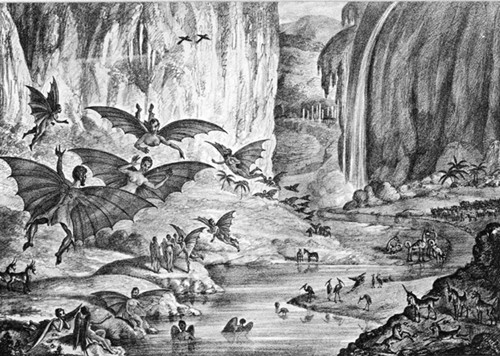
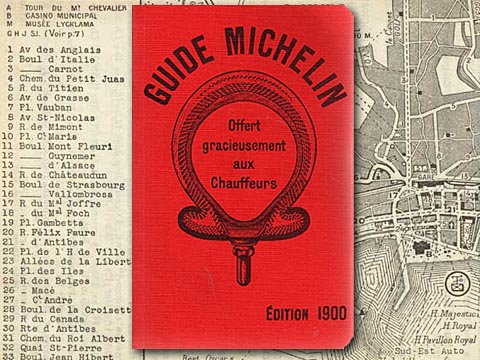
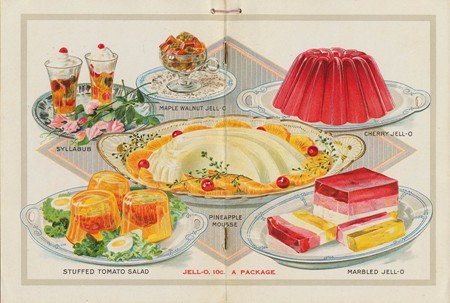
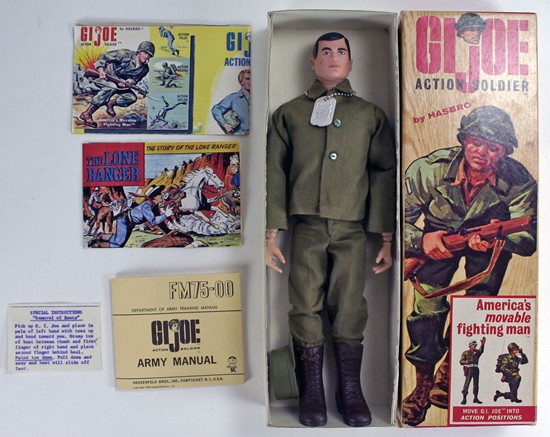
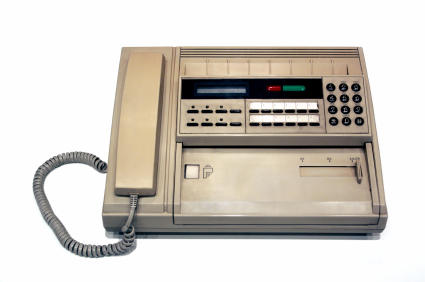
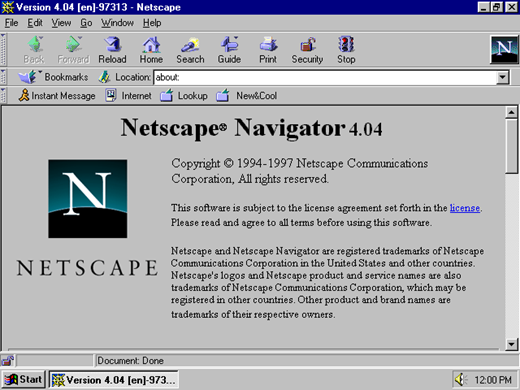

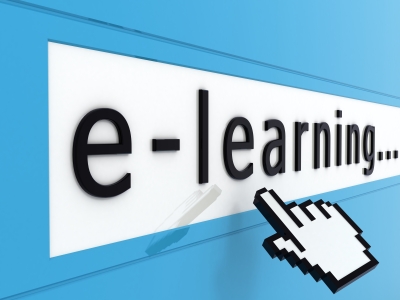
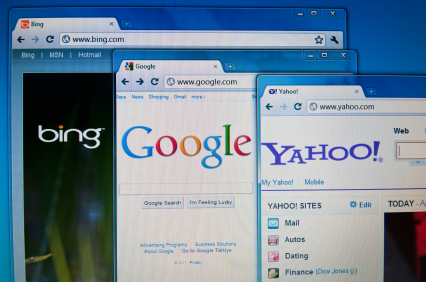
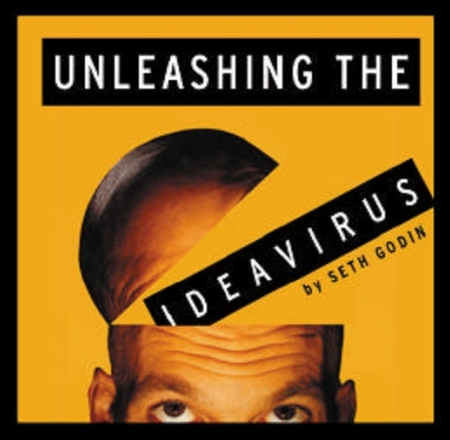


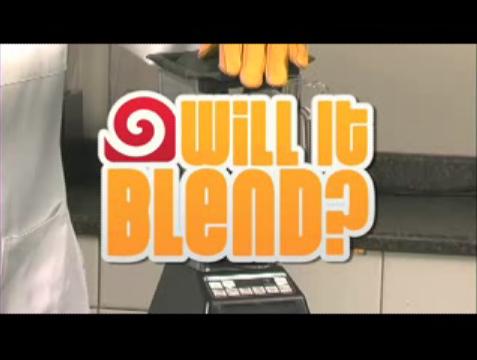
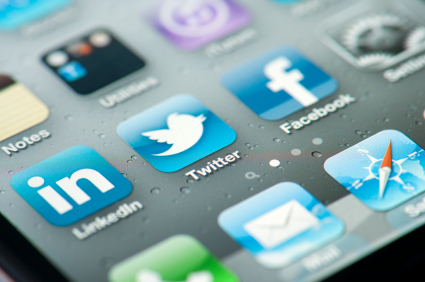
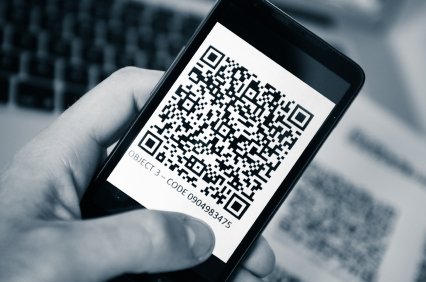


![FOMO Content Marketing: The Good and Bad of Chasing Trends [Infographic]](https://i.marketingprofs.com/assets/images/articles/lg/251009-infographic-lg.jpg)






![Benefits and Challenges of Branded Podcasts [Infographic]](https://i.marketingprofs.com/assets/images/articles/lg/250909-infographic-lg.jpg)

![Top 50 US Podcasts in 2Q25 [Infographic]](https://i.marketingprofs.com/assets/images/articles/lg/250828-infographic-lg.jpg)
![Marketing Campaign Buzzwords That Drive Website Visits [Infographic]](https://i.marketingprofs.com/assets/images/articles/lg/250819-infographic-lg.jpg)


![59 'Big Idea' Thought Starters [Infographic]](https://i.marketingprofs.com/assets/images/articles/lg/250715-infographic-lg.jpg)

